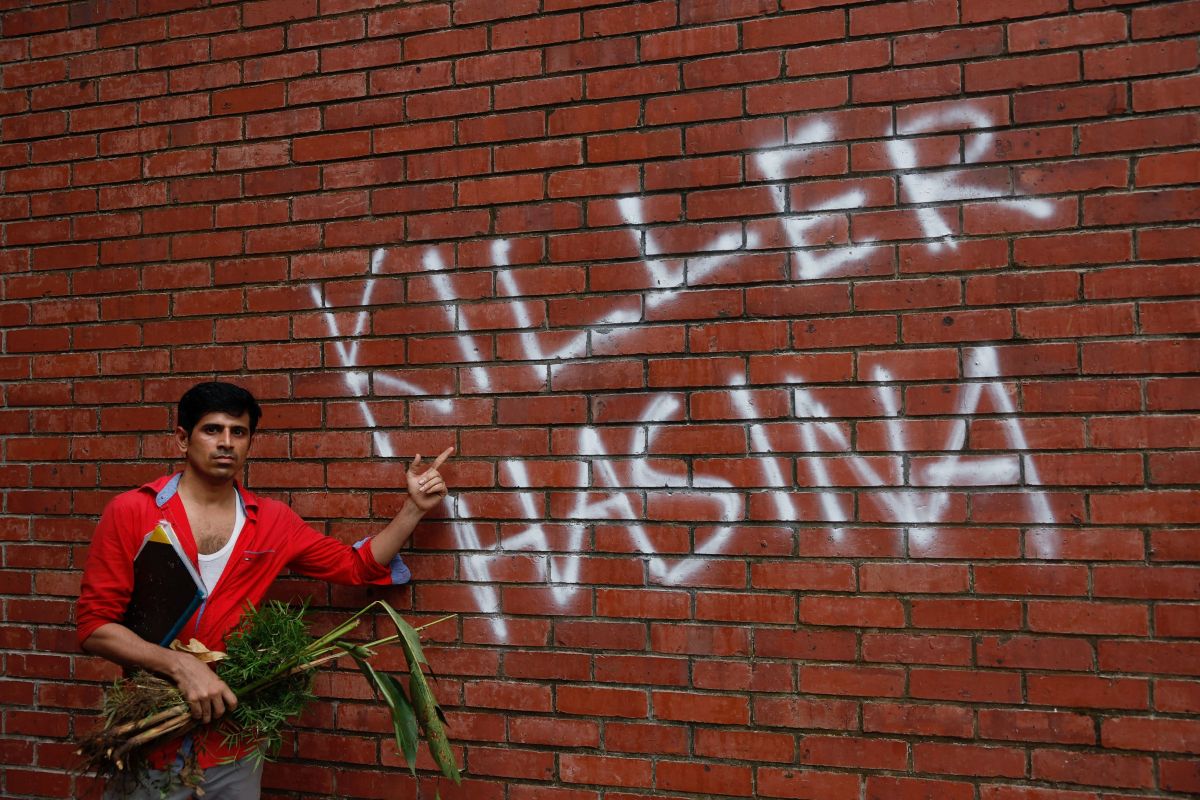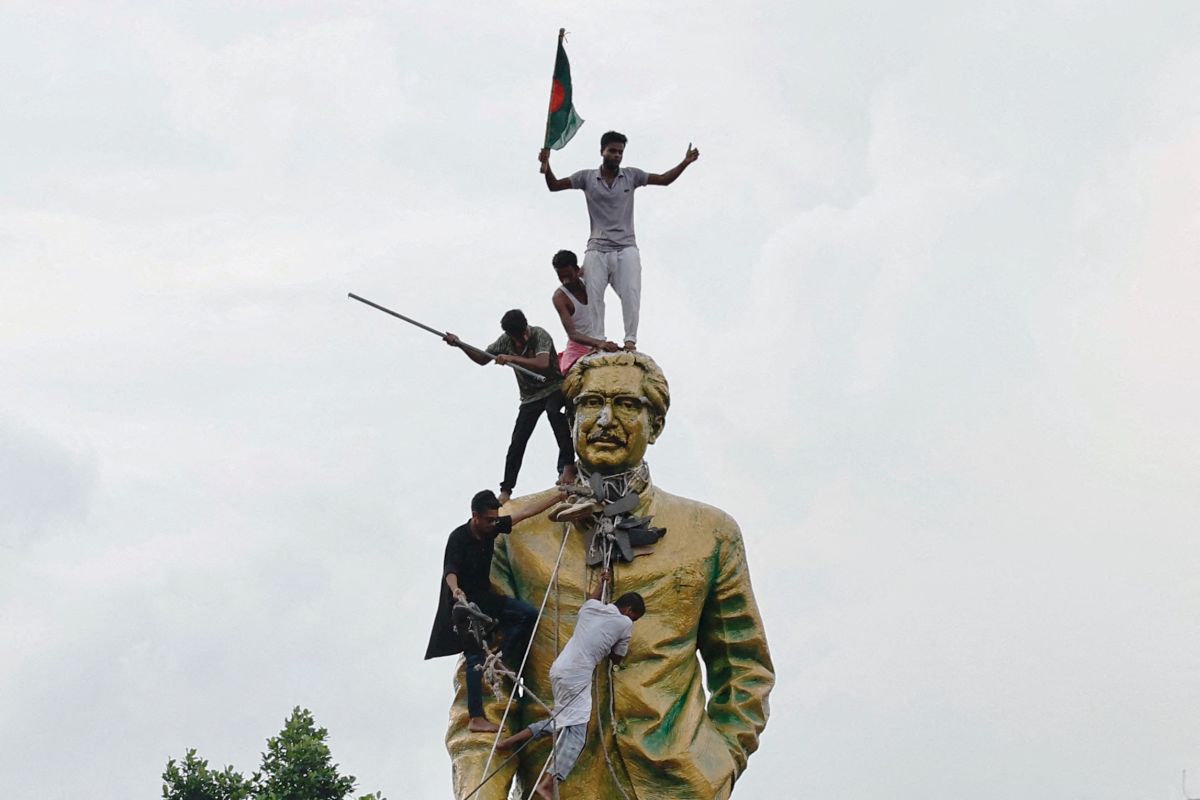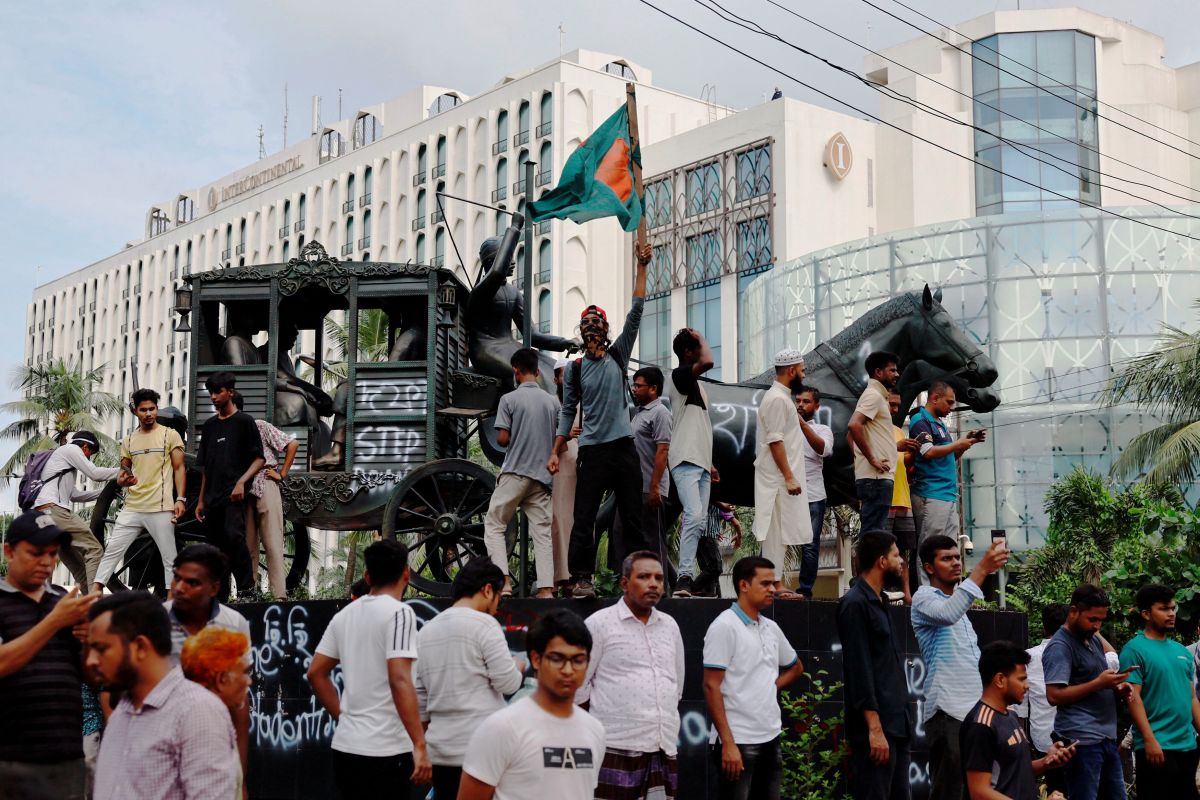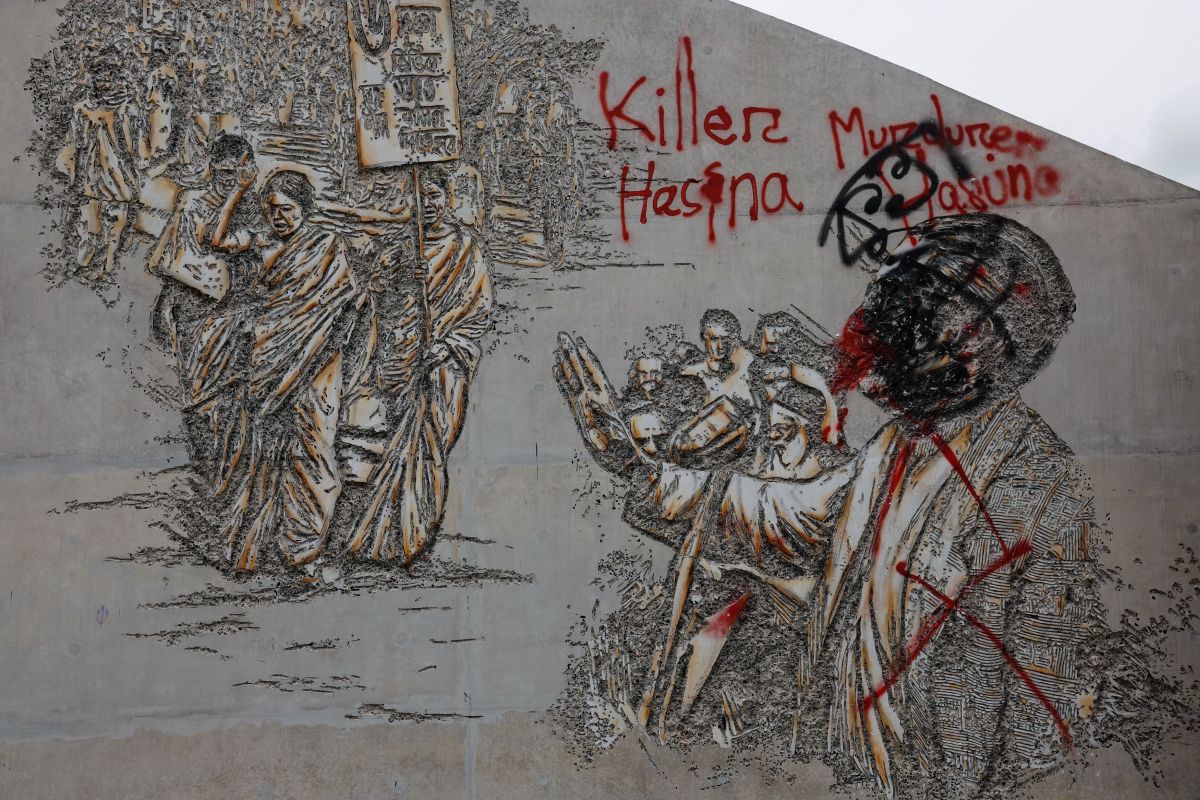On August 5, Bangladeshi Prime Minister Sheikh Hasina steps down after nearly 16 years in power, boards a military helicopter and heads to India, in a move that would have seemed unthinkable just a few weeks ago.
Protesters entered the Prime Minister’s residence in Dhaka, wandered around the rooms, took pictures and left the premises with a lot of loot in hand. Army chief Waqer-uz-Zaman has temporarily taken over the reins of the country and has pledged to form an interim government before elections are called, although how a government will be formed remains unclear.
Hasina’s downfall closes a chapter full of ups and downs in Bangladesh’s history. In recent decades the country had been hailed as a model of globalization and development, with the economy growing, incomes rising and various social indicators moving in positive directions.
And yet the positives masked persistent weaknesses, such as widening economic disparities, high youth unemployment and a shift toward autocracy under Hasina and her party, the Awami League.
The power of popular indignation
Dissatisfaction against the government was great, leading to protests in Dhaka in early July that spread across the country.
In the past, Hasina used to suppress protests with summary procedures. Within weeks, security forces killed hundreds of protesters. At the beginning of August the Authorities killed 90 people and this massacre was the one that overflowed the glass of rage. The citizens of Bangladesh were outraged and flooded the streets forcing Hasina to flee the country.
The last days of Bangladesh’s political life will provide historians with food for thought and study for years to come. The nature of Hasina’s regime showed how fragile it was. A regime that was previously impenetrable by any political force collapsed within hours.
The most important element in the overthrow of Hasina is the fact that it came from the people, from a mass movement that is not affiliated with any party and was capable of reshaping the political scene of the country. The genuine popular base managed to neutralize a seemingly invincible totalitarianism. But such an uprising creates uncertainty for the next day. Even as Bangladeshis celebrate the end of Hasina, they have reason to worry about the day ahead in their country.
We saw the same incident happening in Pakistan,in the Maldives,in Sri Lanka and now we are seeing The seize of Dhaka/ Aug 5, 2024 in #Bangladesh where #SheikhHasina had no option left but to escape from the wrath of radical muslims & Islamist.
The unfortunate thing to watch is… pic.twitter.com/d5f2XJlHsm
— Rahul Jha (@JhaRahul_Bihar) August 5, 2024
The Iron Lady of Asia
Hasina, the daughter of nationalist Sheikh Mujibur Rahman (nicknamed Mujib), who led Bangladesh’s 1971 liberation war, was until her resignation the world’s longest-serving female head of state. Time and Forbes have repeatedly named her one of the most powerful people in the world. She was described by the Economist as “the iron lady of Asia”, a woman of great power who often used it for evil.
Since she began her second term as prime minister in 2008, Bangladesh has plummeted on several indicators related to Democracy and Press Freedom. Hasina contributed to curtailing the independence of the judiciary and suppressing civil society and the press. Bangladesh’s opposition parties and the youth have tried to oppose these trends several times, but Hasina’s government has met the protests with violence.
Hasina’s growing authoritarianism has coincided with a turn for the worse in the country’s economy. In previous decades Bangladesh appeared to have achieved significant economic growth, although many economists now question the reliability of the statistics provided by the government. Regardless of the growth the country has achieved, the benefits remain concentrated at the top.

The dissatisfaction
The July popular uprising reflected the convergence of two strands of discontent. The first was student discontent over a quota system that reserved 56% of Civil Service jobs for certain groups of people, including 30% of all jobs for the descendants of veterans of the 1971 war of independence against Pakistan.
The system, which Hasina had abolished in 2018 after months of protests, was reinstated by the Supreme Court in June. Angry students took to the streets and their protests intensified after Hasina likened them to the Razakars – a hated paramilitary force that supported Pakistan’s army during the war of independence. For students the quota issue was just the tip of an iceberg, a symbol of a system turned against them.
Since 2010 youth unemployment in Bangladesh has more than doubled from around 6% to over 15%. More than 40% of Bangladeshis aged 15 to 24 are not in education or work. The students poured into the streets and the authorities dealt with them in the way they always knew, violence. Media spoke of students being tortured, suppression of demonstrations with AK-47 weapons, in violation of the Geneva Conventions to which Bangladesh was a signatory.

The second source of discontent was a deep-seated sense of injustice in the financial sector. In recent years the average Bangladeshi has been living a very difficult day to day life due to the price increases of basic goods such as electricity. And while they lived in dire circumstances the corruption of government officials flourished, with the government ordering a proliferation of major infrastructure projects, projects that cost far more than initial estimates.
In such a climate citizens felt powerless to influence the political life of their country. In the 2008 elections, Hasina found a way to emerge victorious by changing the way the electoral process was managed, with local and international observers finding irregularities in the conduct of the elections.

The fall of the empire
In early August, students held a mass demonstration in Dhaka, with the participation of hundreds of thousands of citizens from all walks of life. The rally was proof that, despite hundreds of deaths in previous weeks by Hasina’s regime, the government had not quelled the unrest.
Protesters were calling for her resignation and she didn’t seem to take what was unfolding on the streets of Bangladesh very seriously. He believed that this demonstration was one of the earlier ones that he could once again break up by force. But the students after the bloody crackdown called for a national march in Dhaka, which brought thousands more to the capital and prompted Hasina to flee to India, abandoning her post.
The speed with which Hasina went from Bangladesh’s longest-serving ruler to exile is incredible and suggests that the regime was very fragile. She left not only with her reputation in tatters, but also with the adoration for her father she had so diligently cultivated more or less wiped out. Hasina has sought to make Mujib, who was assassinated in 1975, immortal in the public consciousness and an iconic symbol of the prowess of her government and her party. But now, with her ouster, that cult has been stripped of its power and will not have the same influence on Bangladeshi politics.

Hasina’s ouster is a historic moment, further proof that even the most ruthless ruler can only momentarily curb the power of a disaffected people.
And yet, amid the optimism brought by Hasina’s downfall, there are several reasons for concern. The military now effectively runs the show, as it did between 2007 and 2008. It claims to care about the interests of the people of Bangladesh, but in reality it is determined to ensure that the state works to its advantage. The military would like to maintain much of the status quo and will not agree to major reforms. In the absence of such reforms Bangladesh may find itself in the same position in a few years.
#Sheikh #Hasina #Deafening #Fall #Bangladeshs #Iron #Lady

